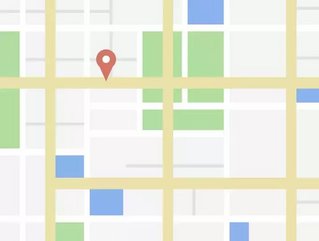Google Maps partners with DeepMind AI for improved ETAs

Thanks to its in-built technology, Google Maps offers functionality far and beyond that of the paper maps of old.
One of the most useful functions of navigation software such as Google Maps is parsing traffic data to provide estimates on arrival times and alternative routes- a great benefit to the users which Google says drive over one billion kilometres using Google Maps daily.
With fellow Alphabet stablemate DeepMind, a UK-based AI research company famous for the Victory of its AlphaGo platform over Go grandmaster Lee Sedol, that service has recently been improved through machine learning techniques.
While traffic data can be used to give the state of the roads at the present moment in time, Google also uses that data to predict what traffic will look like in the future, as Johann Lau, Product Manager, Google Maps, explained in a blog post. “To predict what traffic will look like in the near future, Google Maps analyzes historical traffic patterns for roads over time. For example, one pattern may show that the 280 freeway in Northern California typically has vehicles traveling at a speed of 65mph between 6-7am, but only at 15-20mph in the late afternoon. We then combine this database of historical traffic patterns with live traffic conditions, using machine learning to generate predictions based on both sets of data.”
While Google’s predictions for ETA were already 97% accurate, the partnership with DeepMind has involved using a machine learning technique known as Graph Neural Networks to improve that figure in cities worldwide by up to 50%, and to anticipate traffic that is yet to occur.
In its own blog post, DeepMind said: “Our model treats the local road network as a graph, where each route segment corresponds to a node and edges exist between segments that are consecutive on the same road or connected through an intersection. In a Graph Neural Network, a message passing algorithm is executed where the messages and their effect on edge and node states are learned by neural networks. From this viewpoint, our Supersegments are road subgraphs, which were sampled at random in proportion to traffic density. A single model can therefore be trained using these sampled subgraphs, and can be deployed at scale.”
- OpenText’s Muhi Majzoub: Engineering Platform Growth with AIEnterprise IT
- OpenText CEO Roundtable: The Future of Safe Enterprise AIDigital Transformation
- OpenText AI: Empowering Businesses in Information ManagementDigital Transformation
- Microsoft in Japan: $2.9bn Investment to Boost AI & CloudCloud & Cybersecurity






